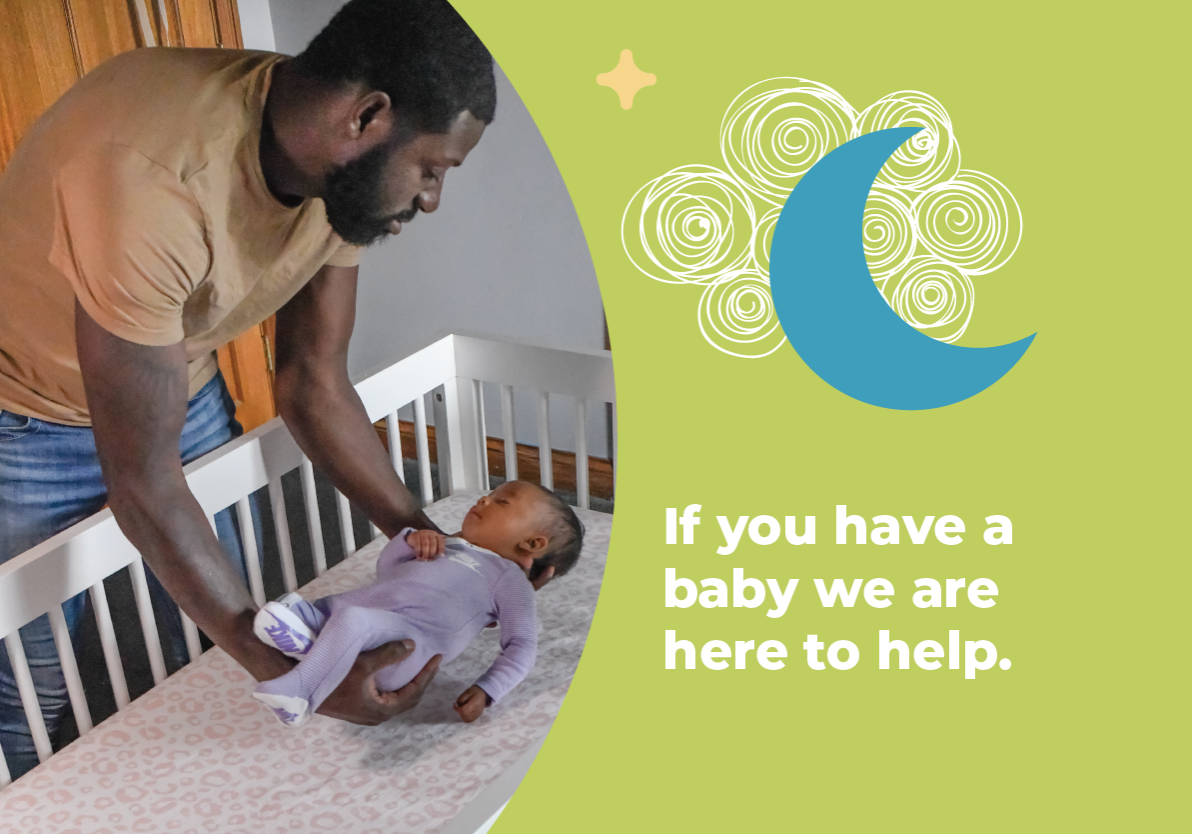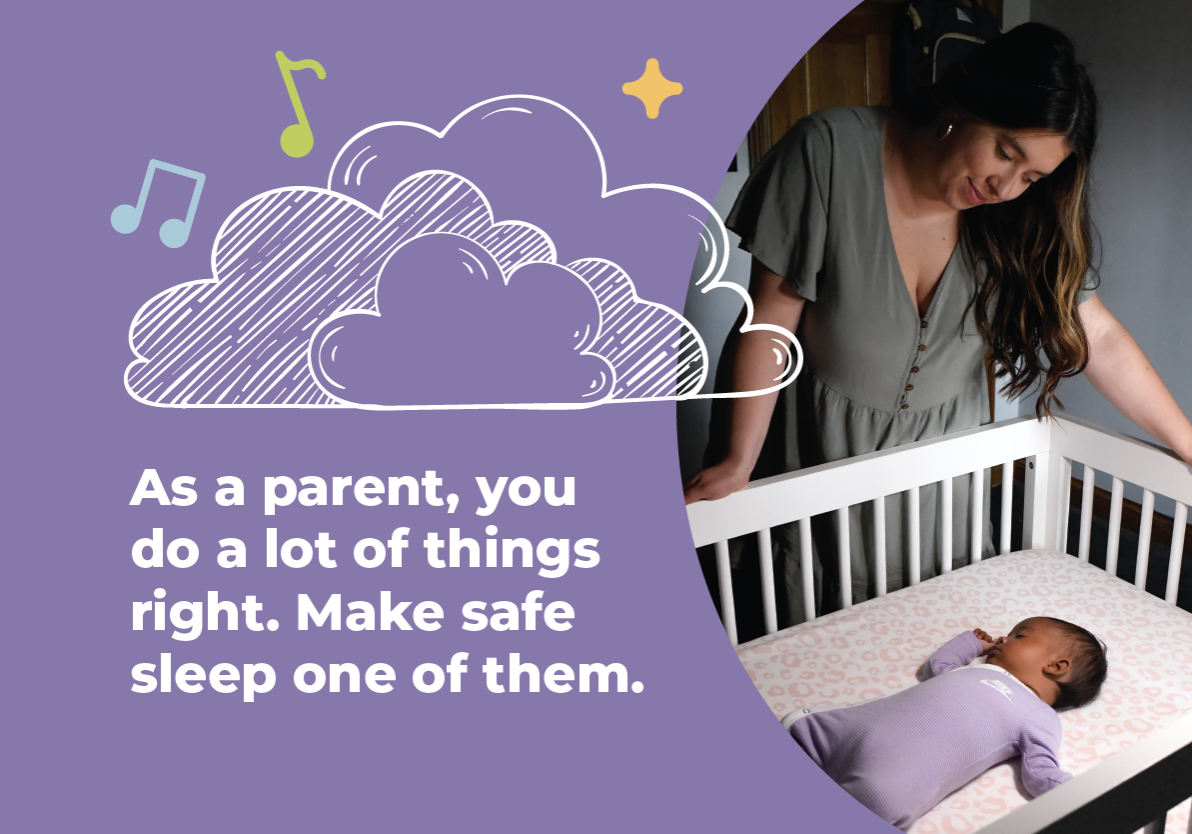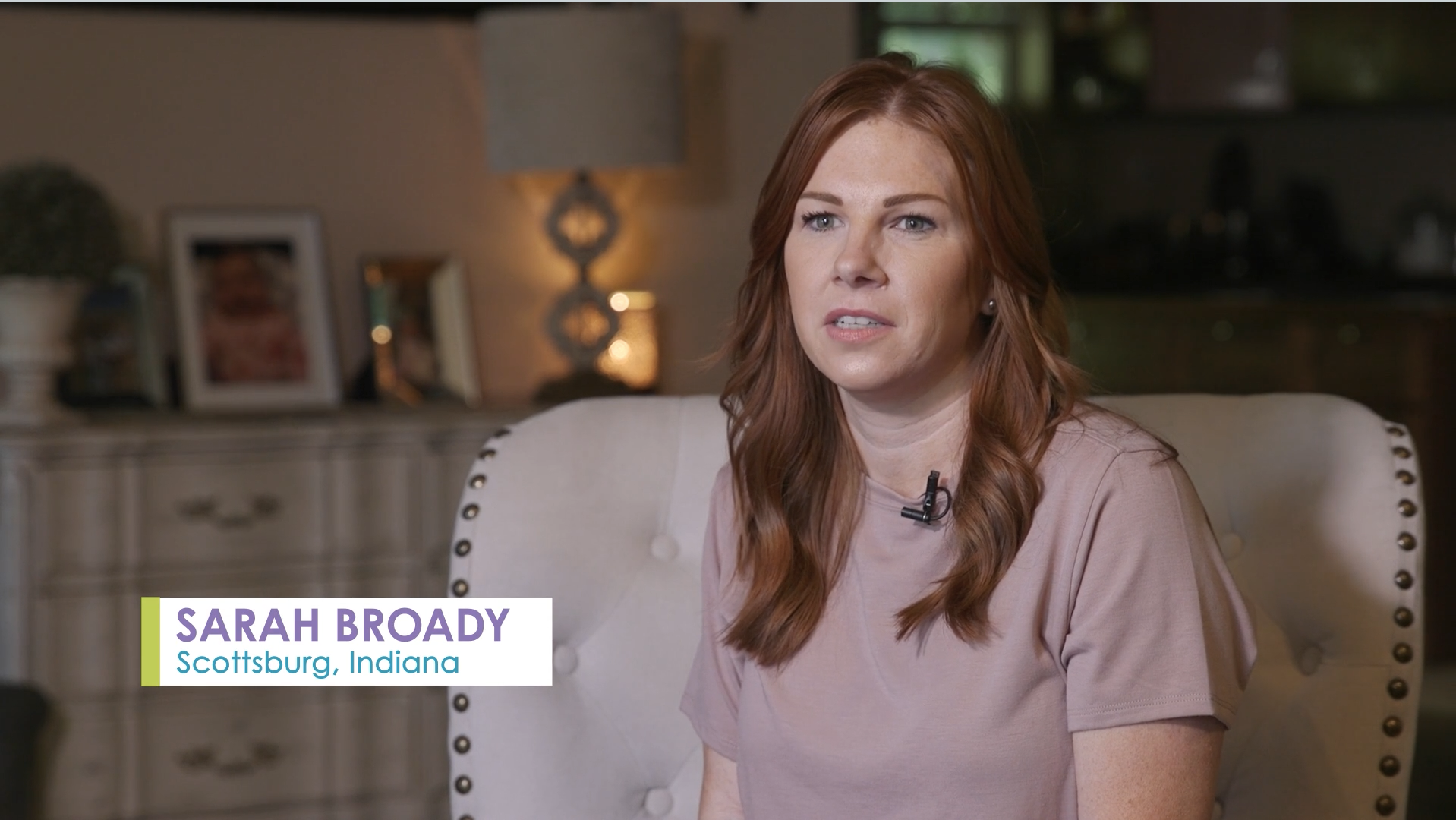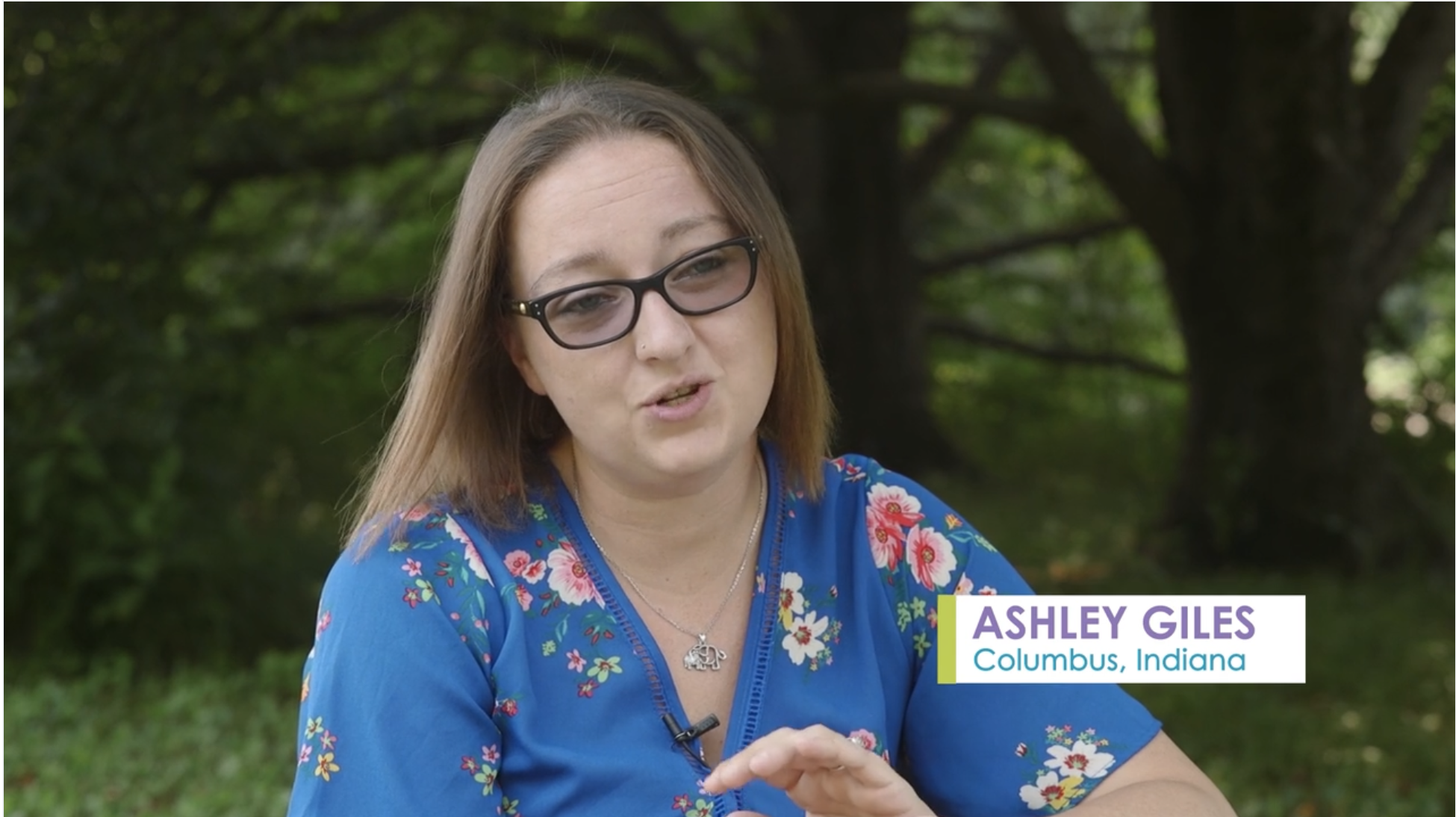Lullabies From Us, For You
Music has a magical power to help little ones drift off to dreamland peacefully. Here is a collection of gentle lullabies designed to create a soothing bedtime for your baby. Creating a consistent bedtime routine is essential for your baby's safe sleep.


Guilt Free Support
Sometimes, getting your baby to sleep can be hard. But safe sleep is worth it.
Let's help more babies reach their first birthdays. Join the Evidence-Based Sleep Training group to help you get your child to sleep independently in a safe way.
Creating a Safe Sleep Environment
Alone
Same Room, Separate Bed
A is for Alone!
Babies should sleep by themselves, in their own sleep space with no other people. Adults should never share a bed with a baby.
Back
Every Nap, Every Sleep, Every Time
On Their Back!
Babies who sleep on their backs are less likely to choke or suffocate than babies who sleep on their stomachs.
Crib
... or Bassinet with a firm, flat surface with nothing extra such as bumpers, blankets, and toys
In a Crib!
Adult beds, couches, and chairs are not safe places for babies to sleep. Keep pillows, blankets, and toys out of the crib because babies can suffocate on soft objects.
Back to Sleep... Tummy to Play
Tips to increase safety
These safety tips apply when safe sleep recommendations are followed.
Avoid Overheating
Set the temperature in the room to the same temperature for an adult.
Dress the baby in as little or as much clothing as you would dress yourself.
Use a sleep sack.

Breastfeeding, if possible
Breastfeeding exclusively for the first six months is recommended by the AAP, as it reduces the risk of unsafe sleep-related death.
Pacifier
Research has also indicated use of a pacifier while sleeping reduces the risk of sleep-related death.
The pacifier should be offered only once breastfeeding is well established (often at 3 to 4 weeks of age).
Don’t attach the pacifier to clothes or toys. Strings or cords can strangle the baby during sleep.




